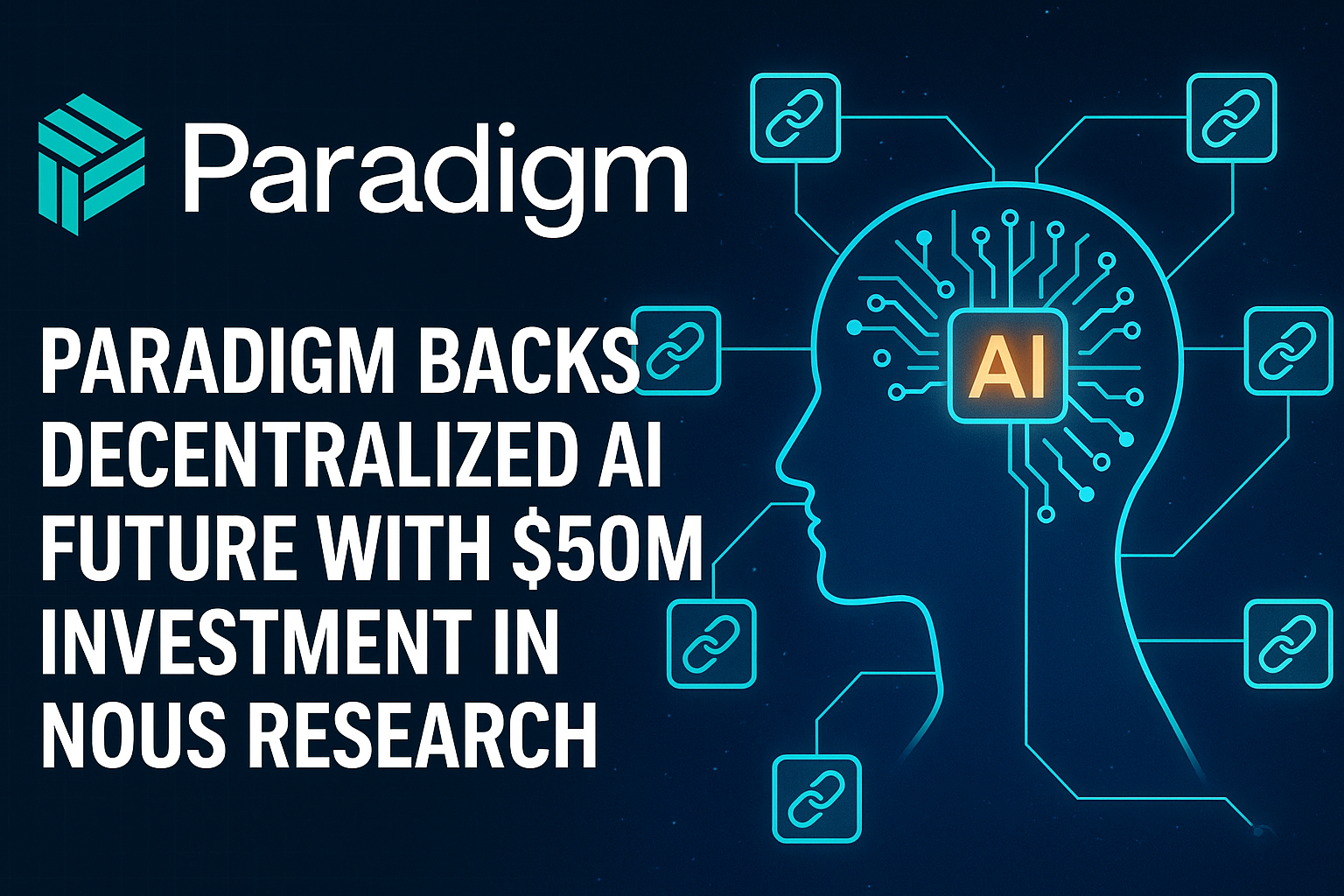Decentralized AI is emerging as one of the most transformative forces in technology, with analyst Miles Deutscher forecasting a staggering $1.8 trillion market valuation by 2025. This explosive growth is fueled by the synergy between blockchain and artificial intelligence (AI), creating new opportunities for innovation and adoption. Projects like Bittensor and Near Protocol are at the forefront, demonstrating real-world use cases that could redefine industries.
The Rise of Decentralized AI
Traditional AI models have been centralized, relying on vast data sets controlled by tech giants. While effective, this approach has raised concerns about data privacy, transparency, and equitable access. Decentralized AI flips this model on its head, leveraging blockchain to create a more democratic, secure, and efficient framework for AI development.
Decentralized AI integrates blockchain’s decentralized ledger technology to:
- Ensure data transparency and immutability.
- Democratize access to AI resources and data.
- Provide secure, peer-to-peer networks for AI training and deployment.
This combination not only enhances trust but also makes AI more accessible to developers and users worldwide.
Key Drivers of the Decentralized AI Boom
- Blockchain’s Role in Enhancing AI: Blockchain provides the infrastructure to secure AI operations. For instance, it ensures that AI models are trained on verified, high-quality data, while smart contracts enable automated processes and monetization of AI services.
- Expanding Use Cases: Decentralized AI isn’t just a concept—it’s finding practical applications across industries:
- Healthcare: AI-powered decentralized platforms can streamline diagnostics while safeguarding patient data.
- Finance: Blockchain and AI together are optimizing trading algorithms and enhancing fraud detection.
- Supply Chain: Real-time tracking and predictive analytics are being powered by decentralized AI networks.
- Growing Investor Interest: Projects like Bittensor and Near Protocol are attracting significant attention for their innovative approaches. Bittensor enables decentralized machine learning models to collaborate, creating a marketplace for AI contributions. Near Protocol, on the other hand, focuses on scalability and efficiency, making it ideal for hosting decentralized AI applications.
The $1.8 Trillion Vision
Miles Deutscher’s prediction of a $1.8 trillion market by 2025 underscores the immense potential of decentralized AI. Key factors contributing to this valuation include:
- Increased Adoption: As businesses and developers recognize the advantages of decentralized AI, adoption is expected to skyrocket.
- Innovation in Protocols: Blockchain platforms are continuously evolving to better support decentralized AI, attracting more users and investments.
- Growing Demand for Transparency: Decentralized AI addresses growing concerns about ethical AI and data ownership, making it a preferred choice for organizations.
Challenges Ahead
While the future looks promising, decentralized AI must overcome several challenges:
- Scalability: Ensuring that decentralized networks can handle the computational demands of advanced AI models is critical.
- Interoperability: Seamless integration between various blockchain and AI platforms is necessary to unlock their full potential.
- Regulation: Balancing innovation with compliance will be essential to foster growth without stifling creativity.
Decentralized AI represents the next frontier in technology, combining the best of blockchain and AI to create a more transparent, secure, and accessible ecosystem. Projects like Bittensor and Near Protocol are leading the charge, offering a glimpse into the transformative potential of this synergy. With a forecasted valuation of $1.8 trillion by 2025, the race is on to define the future of decentralized intelligence.
As adoption grows and innovation accelerates, decentralized AI is poised to revolutionize industries and empower users like never before. For businesses, developers, and investors, now is the time to embrace the opportunities this groundbreaking technology offers.




